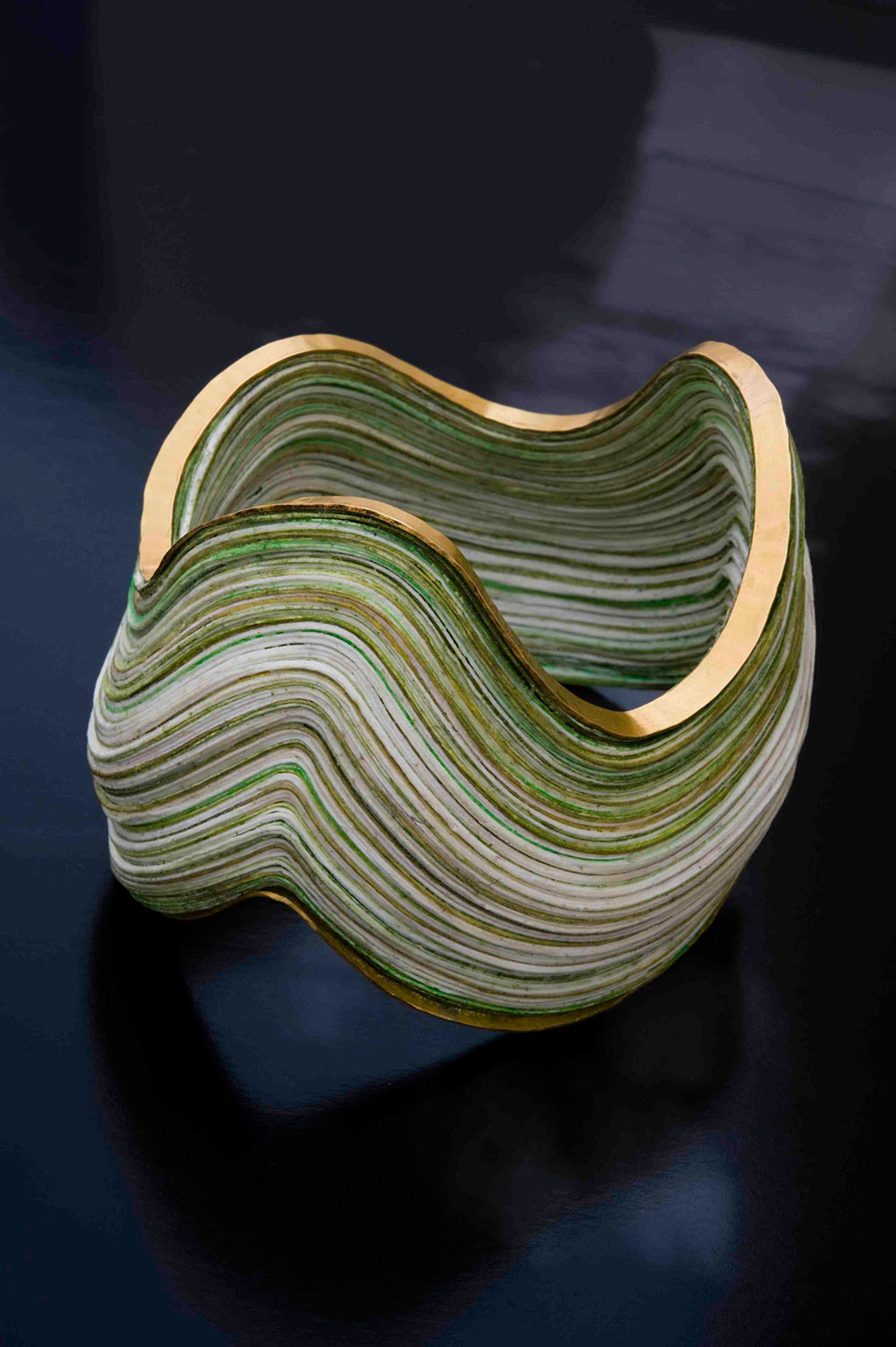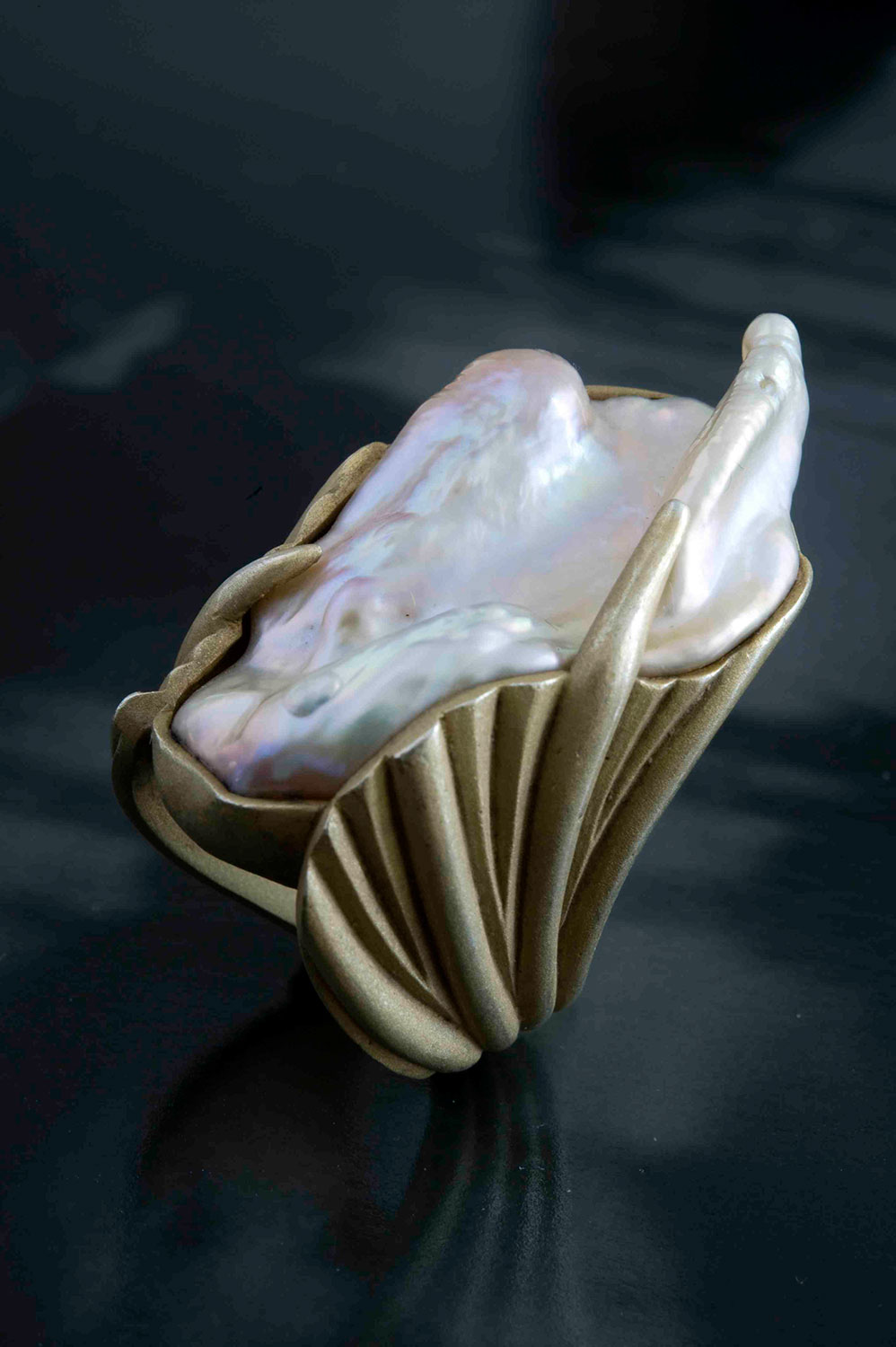On a residential street in Maida Vale, just north of Paddington station and west of Abbey Road, an energized Mimi Lipton sidles out of her bright red MINI brandishing a tiger. Not a real tiger of course, and not even an authentic Tibetan faux-tiger rug, the likes of which she’s become a known collector of, but a miniature version made for her dog, Momo.
The colors of the tiny tiger rug perfectly match the Valentino floral sneakers she is wearing. With flashes of magenta and blonde highlighted hair, an oversized, unpolished amber necklace, and rust-colored Issey Miyake cropped pants, the 88-year-old’s look is altogether modern and deeply covetable. “I don’t wear black or grey,” she says, matter-of-factly. “I could kick my friends who insist on being Catholic widows. They all look as if they’ve come from a tiny French or Greek village and have been in mourning with no makeup and awful shoes!”
Entering Mimi’s ground floor flat, there are a streak of tigers, this time of the larger Tibetan rug variety. As an avid collector and dealer, Mimi collected 108 rugs in total, a number known in Tibetan Buddhism to be sacred. The collection and subsequent book known as The Tiger Rugs of Tibet became an exhibition that first opened at the Hayward Gallery in London, and then traveled around Europe. Rich in Buddhist symbolism, the rugs were designed as an artistic interpretation of the tiger, often created by monks and used by religious leaders to signify a spiritual connection. “That was the beginning of my association with His Holiness and with the Tibetan community,” she adds, glancing at several photos of herself and her husband with the Dalai Lama.
Glass sculptures created by longtime friend of Mimi’s, American artist Danny Lane











Mimi is gleefully nonconformist, radiating an air of youthful excitement whenever she discovers something new. Case in point is the chair she now sits in: a new Moroso shell chair by design studio Raw Edges that hugs her petite frame with its enveloping curve. Offset by a displayed array of jewelry, antique finds, and contemporary paintings and sculptures, her home is telling of her travels, acquaintances and working life. From the large Dieter Roth painting of Piccadilly Circus facing a Richard Hamilton abstract piece, baskets full of African bangles and anklets to the Danny Lane glass dining table and imposing sculptures dissecting the garden—Mimi has made a lifelong career out of having an eye for lust-worthy objects. “I’m like a truffle pig in a way,” she says, laughing at her own remark. “I’m always open and looking at everything, sniffing out the treasures!”
“We were supposed to go to America but when the war started the ships were taken for troops and so we ended up in Leeds, which was the worst period of my life!”
Born and raised in Vienna followed by a stint in Belgium, Mimi and her family were forced to move to England when the Second World War broke out. “We were supposed to go to America but when the war started the ships were taken for troops and so we ended up in Leeds, which was the worst period of my life! Leeds was a culture shock in every way.” Moving to London in the ’50s, Mimi took a job at the Institute of Contemporary Arts: “I was the assistant to the director and was very involved. I remember an exhibition we worked on called Cybernetic Serendipity. It was all computer-orientated art, which was at the time very avant-garde and first time-round. It was an exciting time!” A move to work for Op-art painter Briget Riley further exposed her to the inner workings of contemporary living artists. “She was alright. Like all artists, they’re prone to narcissism and all into themselves but she had this wonderful house with a whole lot of people doing her work. I got on with her terribly well but then I was snatched by John Latham! I worked for him for a short time and then all of a sudden I was dealing art!”





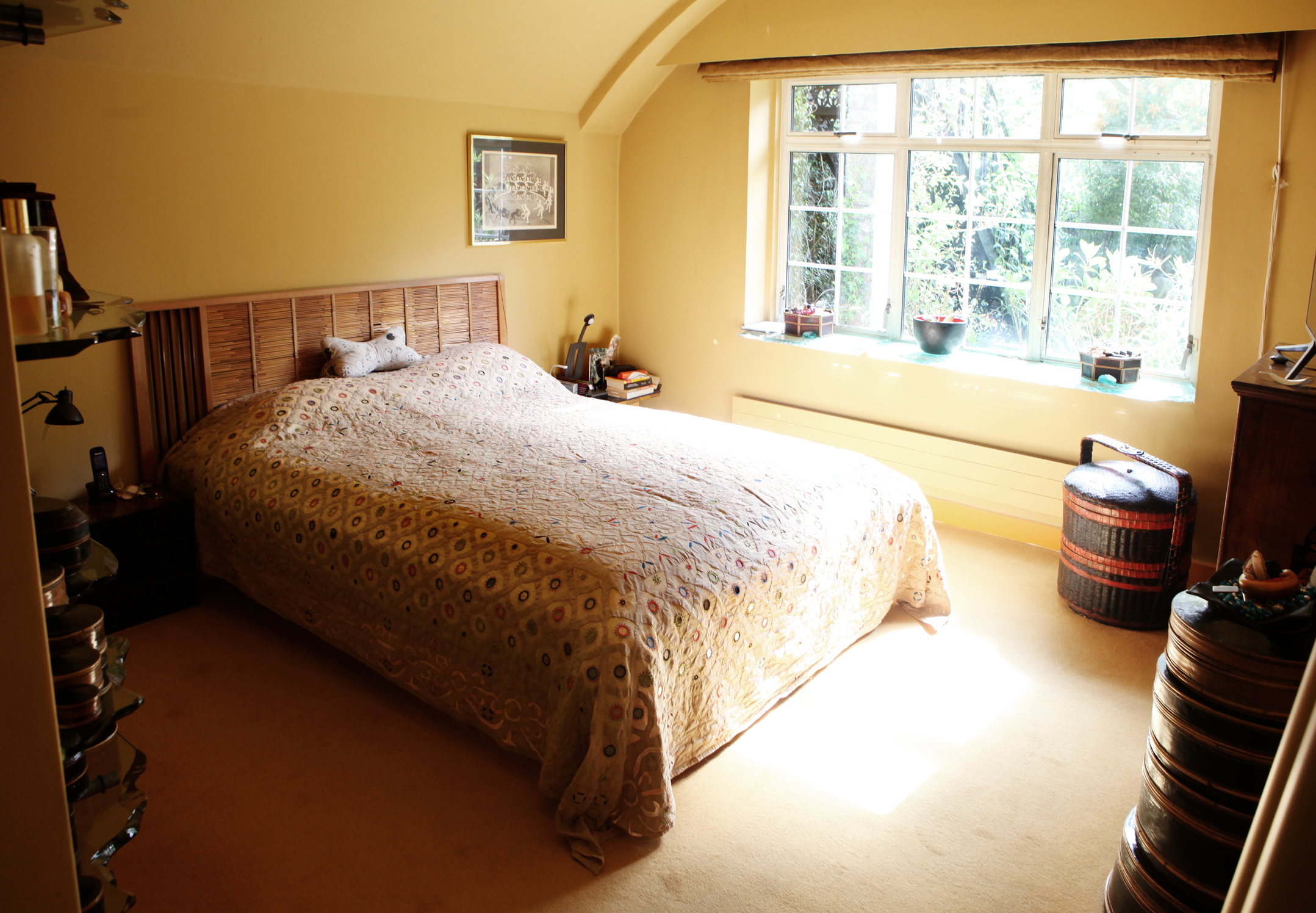

The move into dealing was sparked by her then partner, now husband, the renowned German art publisher Hansjorg Mayer. “We’ve been together for 50 years. Isn’t that amazing? Because of him I met a lot of artists like Dieter Roth, Mark Boyle and Tom Phillips, Peter Blake, Richard Hamilton—you’ll see a lot of fruits of our associations here at home.” Traveling the world together, Mimi moved away from selling contemporary art and became involved in antique Tibetan jewelry. “That, to me, was much more exciting than pictures,” she says. “I was probably one of the first people in London who collected such pieces. You know, I was quite a big noise in those days,” she says with a wistful smile
“If you look at the jewelry, it’s all different—things I found on the beach, amber from when we went to the Baltic states, opals from Ethiopia…I only work with uncut stones, nothing I have is polished or bling.”
With no signs of retiring, the ever-creative octogenarian set about on a new venture: pulling together many of her collected pieces from around the world and creating her own line of jewelry using them as the starting point. Working with several specialized jewelers, she’s created a collection of sculptural gemstone pieces. “It’s very difficult to evolve every few years and do something new,” she says opening a black cast resin jewelry box designed by emerging artist, Ellie Doney. “I had collected people and beautiful things and I had so many objects that I decided to make jewelry out of some of my collections.” Using her own antiques and rare gemstones collected from around the world, Mimi collaborated with several specialized jewelers from Iceland, Nepal, France and China to create eight one-off pieces. “If you look at the jewelry, it’s all different—things I found on the beach, amber from when we went to the Baltic states, opals from Ethiopia…I only work with uncut stones, nothing I have is polished or bling.”
Mimi’s Untamed Encounters collection
The one-of-a-kind jewelry created from rare gems and global treasures

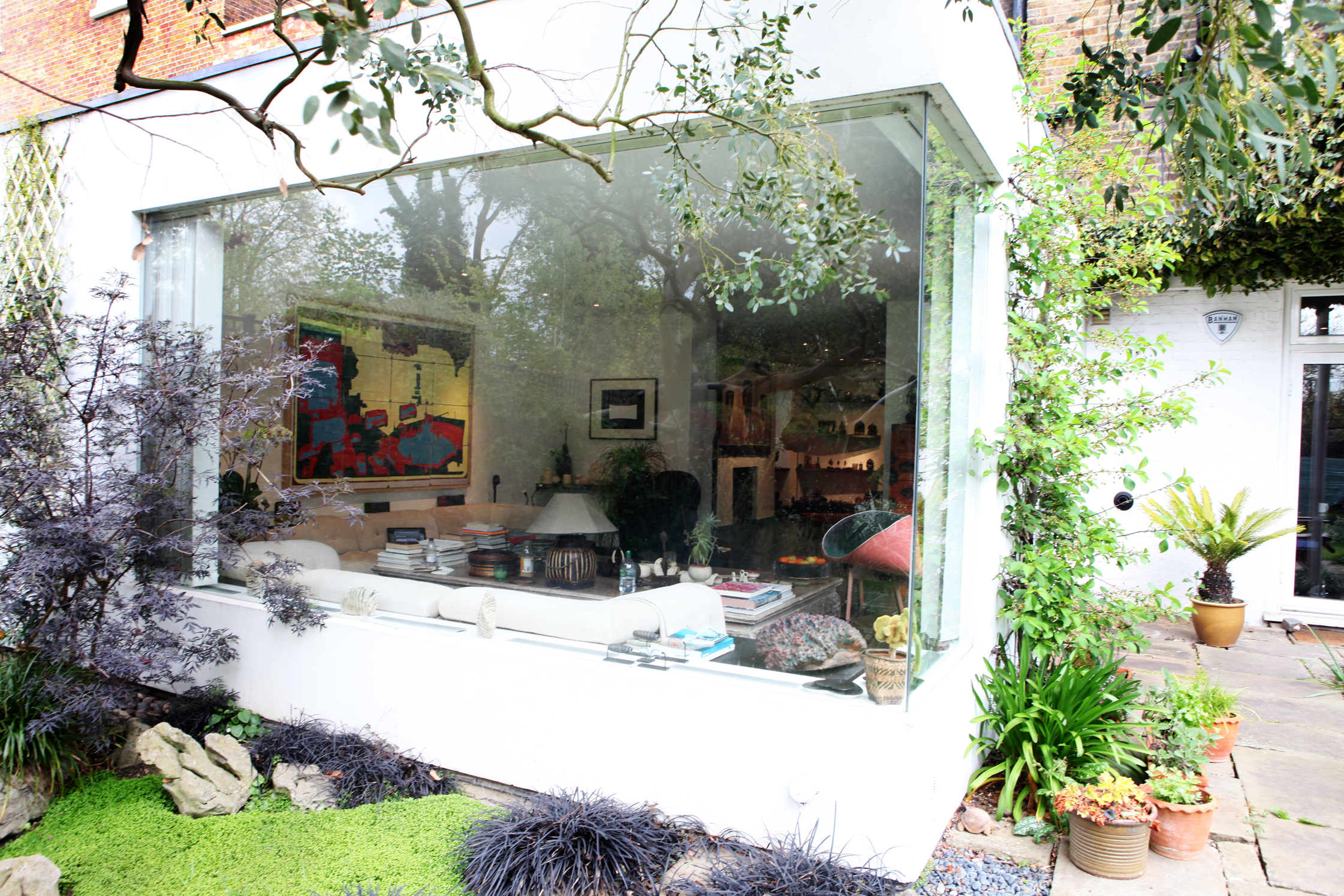
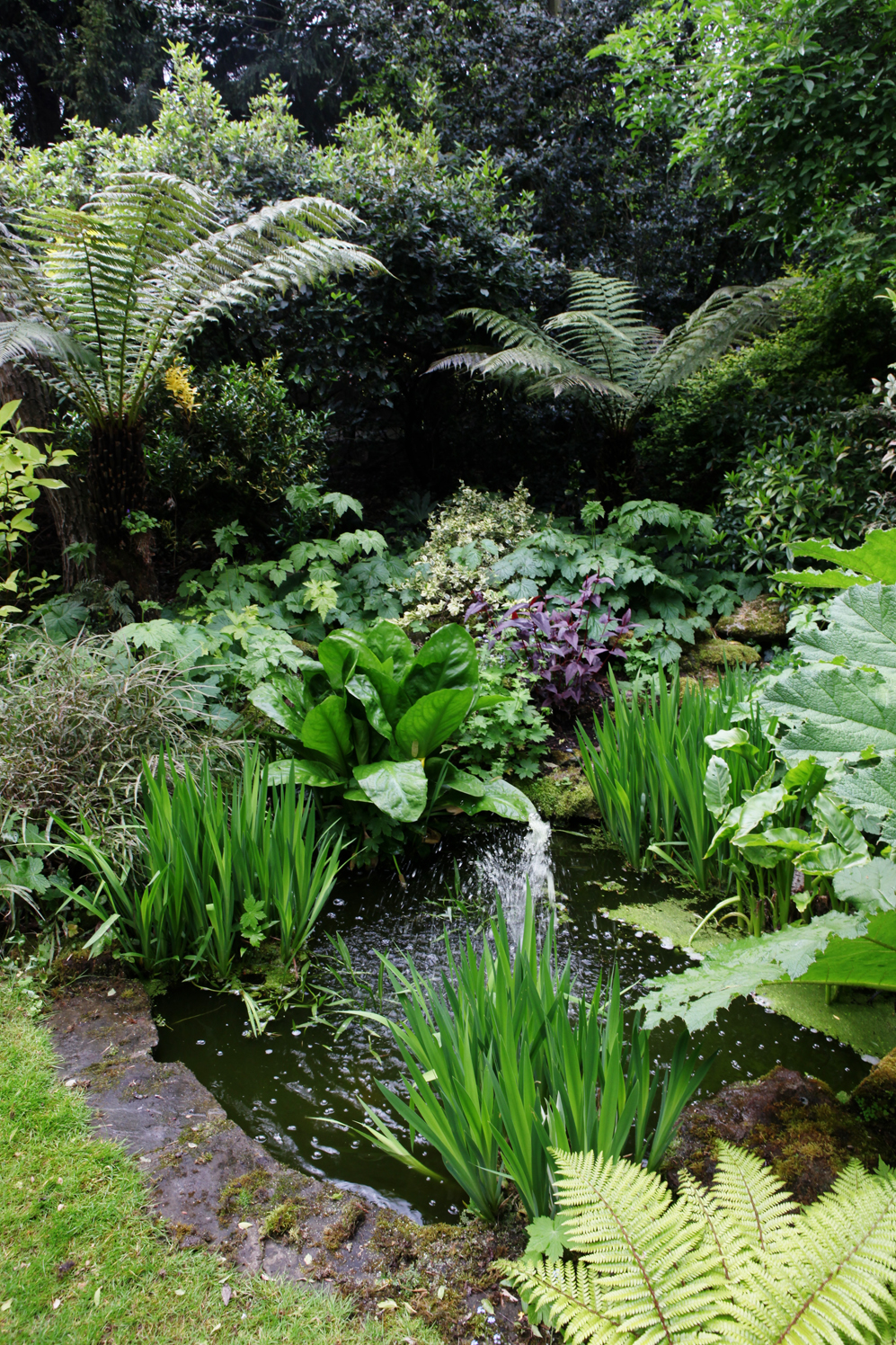

“If you can meditate and empty your brain, then you don’t care anymore because you have an attitude to life where it doesn’t matter—it’s better than pot!”
For all of Mimi’s varied artistic endeavours, it’s her quixotic spirit and zest for newness balanced with serenity—so at odds with today’s fast and stressful momentum—that sets her apart. “We are constantly abused with information, it’s like running and you see things flashing by. I mean, how many things do you remember?” Mimi is a keen advocate of alternative therapies (a term that now seems outdated for what is essentially wellness): “If you can meditate and empty your brain, then you don’t care anymore because you have an attitude to life where it doesn’t matter—it’s better than pot!” Having funded Tibet House in London, the ground floor houses the Kailash Centre, a space for complementary and alternative health practices where all proceeds are donated back into the Tibet Charitable Trust. “I visit all the time for acupuncture,” she says. “Just last week I had acupuncture from a Vietnamese acupuncturist and he stuck needles into my head, he said he was going to lift my energy, and you know it’s like I’m on drugs! He really put needles here and here [points to her temples] and since then I’ve been hyped! He shifted the energy, you see.”
Leaving Mimi’s treasure-filled home, we take a short drive to one of her favorite local haunts, Clifton Nurseries. It’s a familiar spot where she calls out the names of shrubs we brush past and asks when the yellow Forsythia will be coming in. “I go everywhere, I don’t care, I’m interested in experiencing new things,” she says as we wander into the greenhouse. At this, Mimi discovers, for the very first time, the magenta pink air plants.”What on earth are these? How do they survive? They’re amazing!”






Thank you, Mimi, for indulging us in your varied creative pursuits and inviting us into your art and antique-filled home. For more information on Mimi’s jewelry collection and the corresponding book, see here. And learn more about Tibet House, London and the Kailash Centre over on their website.
For more inspiring stories from London, see here.
Text: Andie Cusick
Photography: Georgia Kuhn


